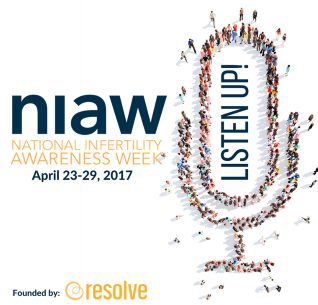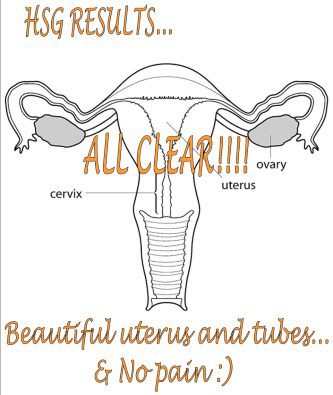Are you excited? You’ve finally decided to attend an infertility seminar! You’re not alone in wanting to learn more about infertility and how you can be helped by an infertility clinic like HRC Fertility. But you also might be nervous to attend a public venue where you will be “outed” about your infertility or think...
Category: News and Events
#ListenUp for National Infertility Awareness Week
#ListenUp! In honor of National Infertility Awareness Week (NIAW), April 23-29, our infertility specialists are trying to make infertility treatment more accessible for new patients. Often, taking the first step to schedule an appointment with a physician is a difficult one. Patients don’t know what to anticipate during the initial meeting. They may be intimidated...
Five Facts You Need to Know About Endometriosis
In addition to wanting to have a baby, a large percentage of the female patients we treat at HRC Fertility have something else in common: endometriosis. This reproductive disease is one of the most frequent causes of infertility, affecting approximately 40 percent of patients. Many are not aware that the menstrual cramps and generalized pelvic...
OB/GYN or Infertility Specialist: Who is Best for You?
If you’re frustrated that you’re not getting pregnant, you may be wondering about your next step. Should you make an appointment with a gynecologist, or is it appropriate to seek the advice of an infertility specialist, especially a board-certified in reproductive endocrinologist? At HRC Fertility, we work with obstetrician/gynecologists (OB/GYNs) who refer patients to us....
Tubal Factor Infertility: Go With the Flow
The fallopian tubes play an important role in reproduction. Sperm and egg must meet and fertilize in one of the tubes; the fertilized egg then moves to the uterus for implantation. Fallopian tubes must be patent (open) and flowing to allow for normal functioning. Here are some important facts about the tubal disease infertility. An...
Cervical Health and Your Fertility
The cervix is the lower part of the uterus, above the vagina, where sperm travels through to the uterus. It widens during childbirth and also is where menstrual flow passes. Every year, 13,000 women are diagnozed with cervical cancer and, tragically 4,000 will die from it. However, against the backdrop of these sobering stastistics is...
New Year: New Fertile You
After (perhaps) overindulging during the holidays, many of us resolve to do better in the coming year: losing weight, exercising more, quitting smoking (important) or spending less. If you are struggling to get pregnant, however, your New Year’s resolution probably involves becoming a parent in 2017. But combining a personal resolution with your desire to...
Can Elective Single Embryo Transfer Help Decrease Preterm Births?
One of the most important questions in the infertility field is how to reduce the number of premature births. The March of DImes has identified multiple gestation pregnancies–twins and triplets–as one of the three risk factors for preterm labor and early birth. Additionally, a history of premature births and uterine and cervical problems, which can...
Sperm: Can They Take the Heat?
The testicles are located in an ideal spot in a man’s body, external to the rest of the male reproductive system. Sperm, created inside these organs, need a cool environment for reproduction, and the temperature of the testes should be lower than a man’s core body temperature to function effectively. Often our patients have questions...
Breast Cancer Awareness and Infertility
Breast cancer is a diagnosis that strikes fear in the hearts of most women. But there are many reasons to be optimistic about the future for the one in eight females (12%) affected by it. October is Breast Cancer Awareness Month. Advocates wear pink ribbons to symbolize support and education. Women are encouraged to undergo...






